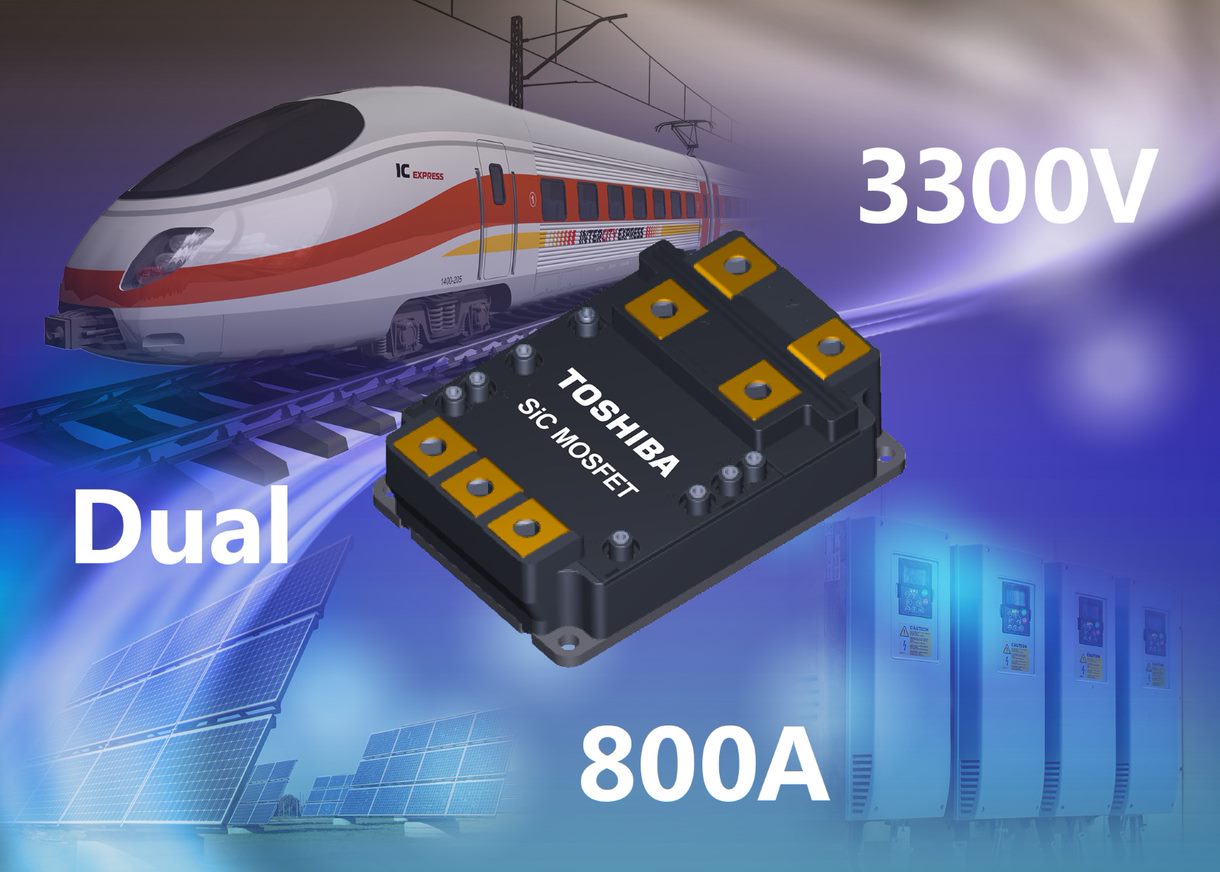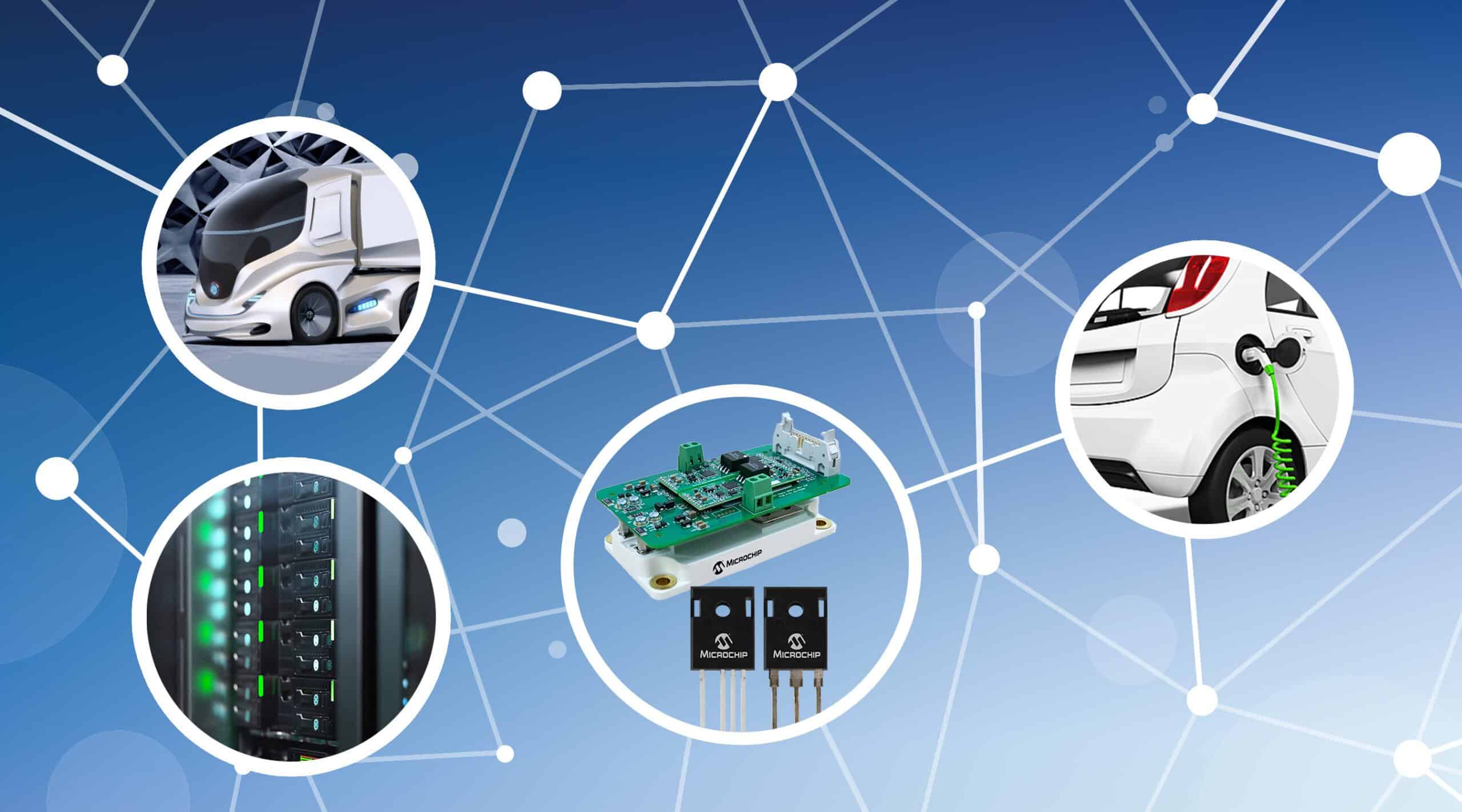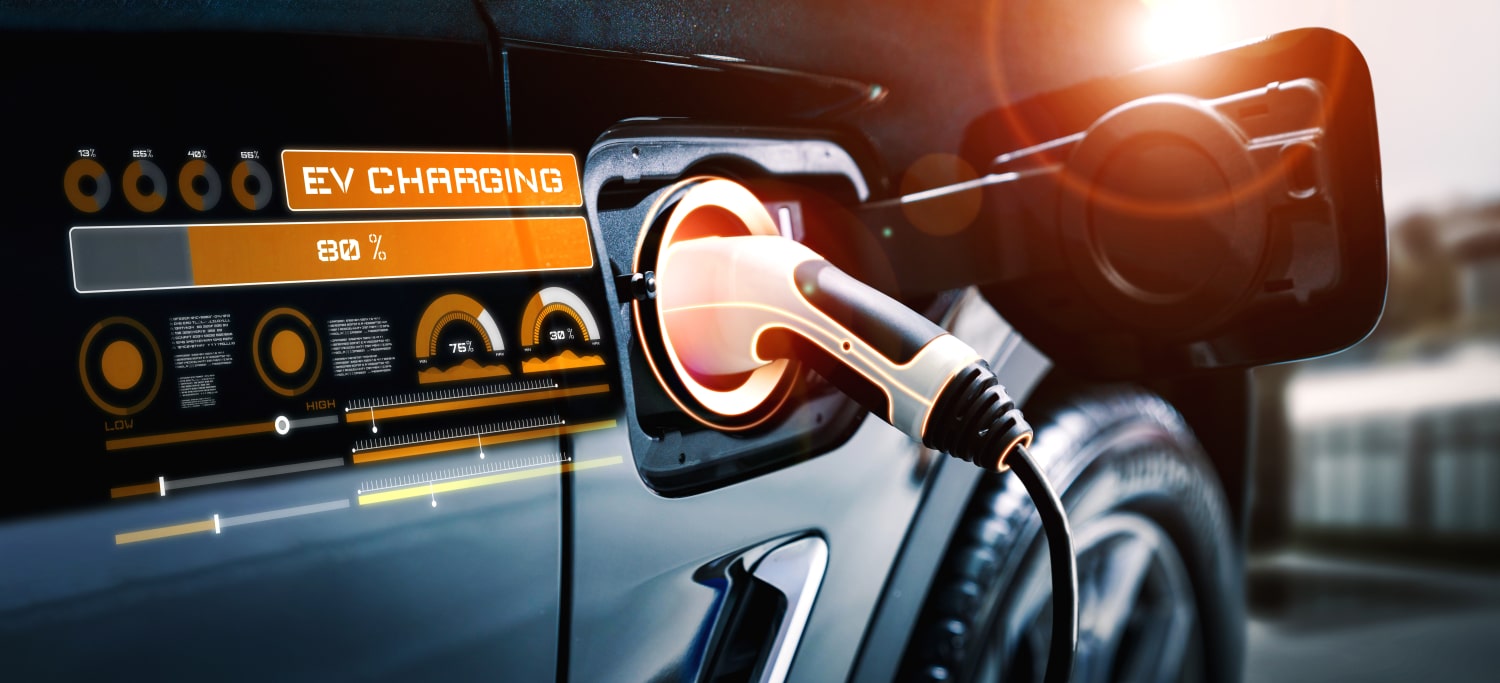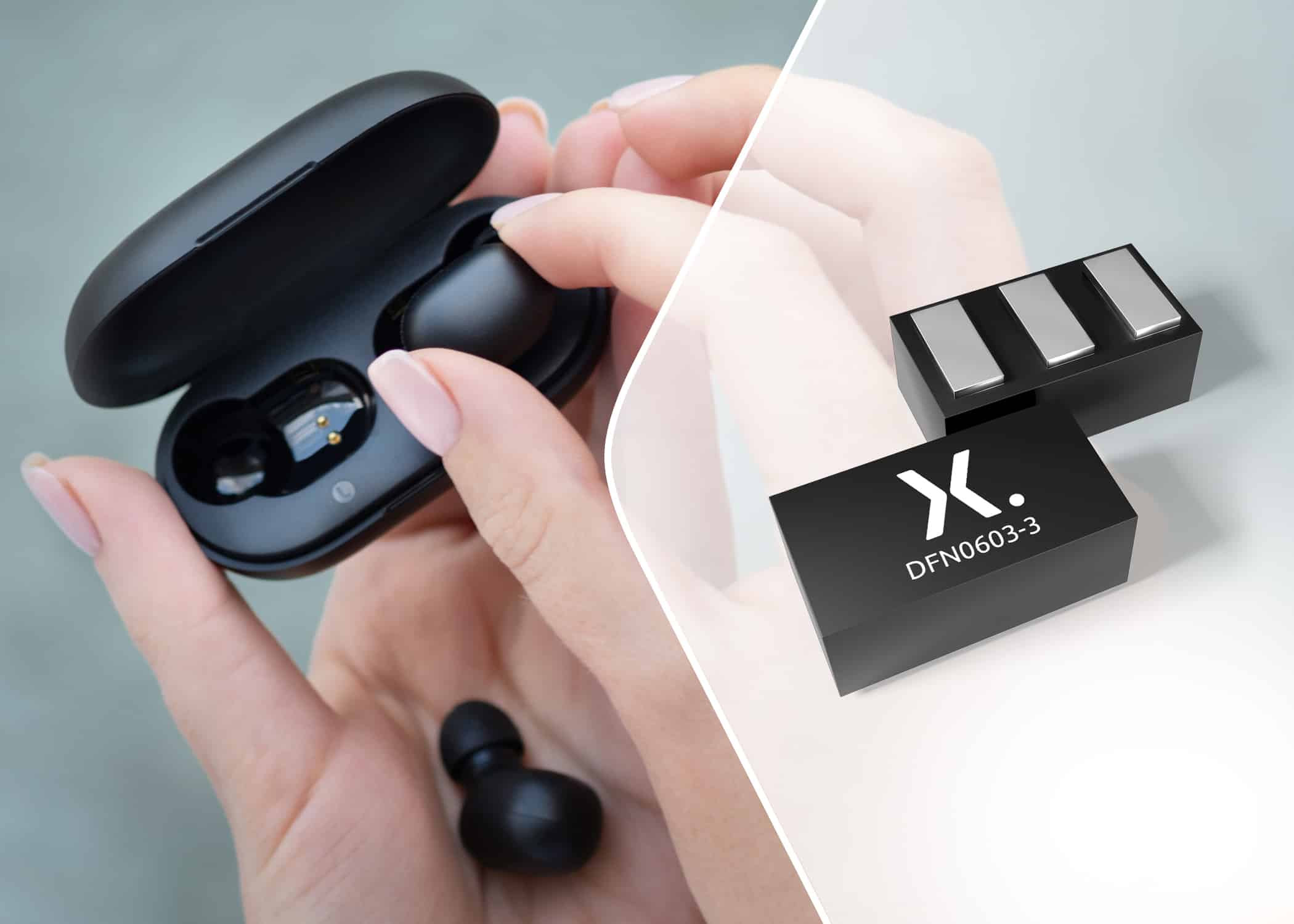There is a relentless drive for greater efficiency, smaller footprint, and higher performance in power applications such as industrial motor controllers, AC/DC and DC/DC inverters/converters, battery chargers, and power systems. Energy storage. These demanding performance requirements have surpassed the capabilities of silicon (Si) MOSFETs and have given way to new transistor architectures based on silicon carbide (SiC).
Although these new devices offered significant advantages in key performance metrics, designers were cautious to be wary of first-generation SiC devices due to various limitations and application uncertainties. The second generation devices brought with them improved specifications along with a better understanding of the subtleties of the device. As the performance of SiC MOSFETs increased and pressures to go to market intensified, designers used these new devices to meet product objectives. More recently, third generation devices are demonstrating the maturity of SiC-based power devices. These devices offer users improvements in key parameters, while building on the design experience and related insights of previous generations.
This article compares Si to SiC, before discussing the development and migration to XNUMXrd generation SiC MOSFETs. He then presents actual examples from Toshiba Semiconductor and Storage Corp. (Toshiba) to show how these devices can help designers achieve significant advances in power system design.
Silicon vs. SiC
Over the past few decades, the silicon MOSFET has transformed the design of power systems, from basic power supplies and inverters to motor drives. Together with the insulated gate bipolar transistor (IGBT) - a functionally similar semiconductor but of very different construction and attributes - the switching-optimized Si MOSFET has enabled the transition from traditional and inefficient power management and conversion, based in linear topologies, to a much more efficient and compact approach using switched control.
Most of these designs use a form of Pulse Width Modulation (PWM) to supply and maintain a desired value of voltage, current, or power in a closed-loop feedback arrangement. As the use of silicon MOSFETs grew, so did the demands placed on them. In addition, new efficiency targets (many based on regulatory mandates), smarter motor control and electric vehicle markets, power conversion for renewables, and associated energy storage systems, have pushed these MOSFETs to do more and better.
As a result, a considerable amount of R&D effort has improved the performance of silicon-based MOSFETs, but the researchers realized that this effort was reaching the point of diminishing returns. Fortunately, they had an alternative, in theory, based on power switching devices that used SiC as the substrate instead of silicon.
Why use SiC?
For various deep physics reasons, SiC has three main electrical characteristics that differ significantly from silicon, each of which brings operational advantages; there are also other more subtle differences (Figure 1).
 Figure 1: Approximate comparison between the main solid material properties of SiC versus those of Si and gallium nitride (GaN). (Image source: Researchgate)
Figure 1: Approximate comparison between the main solid material properties of SiC versus those of Si and gallium nitride (GaN). (Image source: Researchgate)
The three main features are:
- Higher critical electric field breakdown voltage of about 2.8 megavolts/centimeter (MV/cm) versus 0.3 MV/cm, so operation at a given nominal voltage is possible with a much thinner layer, greatly reducing the drain source "on" resistor (RDS(front)).
- Higher thermal conductivity, allowing for a higher current density over a cross-sectional area.
- A wider bandgap (the difference in energy in electron volts between the top of the valence band and the bottom of the conduction band in semiconductors and insulators), resulting in lower leakage current at high temperatures. For this reason, SiC diodes and Field Effect Transistors (FETs) are often referred to as Wide Bandwidth Devices (WBGs).
As a result, SiC-based devices can block voltages up to ten times higher than silicon structures, can switch about ten times faster, and have an RDS(front) half or less at 25 °C, using the same die surface (all figures are approximate, of course). Furthermore, the loss related to the disconnection of SiC devices is lower because there is no detrimental tail current. At the same time, its ability to operate at much higher temperatures, around 200°C, versus 125°C, eases design and thermal management issues.
Due to their performance attributes and advancements, SiC devices have risen to the top of the power vs. speed application matrix, joining IGBTs, silicon MOSFETs, and GaN devices (Figure 2). .
 Figure 2: The performance attributes of SiC MOSFETs make them suitable for a wide range of applications spanning a range of powers and frequencies. (Image source: Toshiba)
Figure 2: The performance attributes of SiC MOSFETs make them suitable for a wide range of applications spanning a range of powers and frequencies. (Image source: Toshiba)
The path from SiC materials science and device physics to commercial SiC MOSFETs was neither quick nor easy (Figure 3). Following extensive research and production effort, the first SiC-based devices, Schottky diodes, were introduced in 2001. In the following two decades, the industry developed and launched production volumes of first-, second-, and third-generation SiC MOSFETs. . Each generation offers specific improvements to certain parameters, along with somewhat different trade-offs.
 Figure 3: The history of commercial SiC-based devices begins with the first commercial SiC Schottky diodes, which appeared in 2001. (Image source: IEEE Transactions on Industrial Electronics, 2017)
Figure 3: The history of commercial SiC-based devices begins with the first commercial SiC Schottky diodes, which appeared in 2001. (Image source: IEEE Transactions on Industrial Electronics, 2017)
It's important to be clear about the terminology: Like their silicon predecessors, SiC FETs are MOSFETs. In a broad sense, the internal physical structures are similar, and both are three-terminal devices with source, drain, and gate connections. The difference is what their names indicate: SiC-based FETS use SiC as the base material instead of just silicon.
Start with the first and second generation
There are many parameters that characterize the performance of a switching device. Among the numerous static parameters are the maximum operating voltage and the maximum rated current, together with two static figures of merit (FoM): the RDS(front) and the maximum operating temperature, which are related to the power handling capacity for a given die size and package.
When dealing with switching devices, the dynamic parameters are also essential, since they are necessary to evaluate the switching losses. The most cited dynamic FoM is the product of the RDS(front) and the gate charge, RDS(front) ×Qg, while another increasingly important one is the reverse recovery charge, Qrr. The size and capabilities of the gate driver needed to properly feed and dump current to the switching device—and to do so without overshoot, ringing, or other distortions—are primarily determined by these FoMs.
The use and market growth of first-generation SiC devices have been held back by reliability issues. One of them is that of PN diodes, which are placed between the power supply and the drain of a power MOSFET. The voltage applied to the PN diode energizes it, resulting in a change of the on resistance that degrades the reliability of the device.
Toshiba's second generation modified the basic structure of the SiC device using a Schottky Barrier Diode (SBD) embedded in the MOSFET to largely solve this problem (Figure 4). This improved reliability by more than an order of magnitude. The new structure avoided energizing the PN diode by placing the SBD in parallel with the PN diode inside the cell. Current flows through the embedded SBD because its turn-on-state voltage is less than that of the PN diode, thus suppressing some change in turn-on resistance and degradation of the MOSFET's reliability.
 Figure 4: Unlike the typical SiC MOSFET without an internal Schottky barrier diode (SBD) (left), the one with one (right) can minimize the energization of the parasitic PN diode. (Image source: Toshiba)
Figure 4: Unlike the typical SiC MOSFET without an internal Schottky barrier diode (SBD) (left), the one with one (right) can minimize the energization of the parasitic PN diode. (Image source: Toshiba)
MOSFETs with built-in SBDs were already used in practice, but only in high-voltage products, such as 3.3 kilovolt (kV) devices, since the built-in SBD caused the on-resistance to eventually rise to a level that only they could tolerate. high voltage products. Toshiba tuned various device parameters and found that the area ratio of the SBD in a MOSFET is the key to suppressing the rise in on-resistance. By optimizing the SBD ratio, Toshiba devised a 1.2 kV class SiC MOSFET with markedly improved reliability.
However, as with many improvements, compromises had to be made. Although the new structure of the device significantly improved reliability, it also had a detrimental effect on two FoMs. increased sdr(front) nominal as well as the RDS(front) ×Qg, reducing the performance of the MOSFET. To compensate and reduce on-resistance, second generation SiC MOSFETs have increased die area, but this has increased cost.
The third generation shows true maturity
Recognizing this concern, Toshiba developed a third generation of SiC MOSFET devices, called the TWXXXN65C/TWXXXN120C family. These devices have optimized the structure of the current distribution layer to reduce the size of the cell and also offer higher voltage ratings, faster switching and lower on-resistance.
The on-resistance is reduced in part by the reduction of the propagation resistance (Rspread). The SBD current is increased by injecting nitrogen into the bottom of the wide P-well region of the SiC MOSFET. Toshiba also reduced the region of the JFET and injected nitrogen to reduce the feedback capacitance and resistance of the JFET. As a result, the feedback capacitance was reduced without increasing the turn-on resistance. Stable operation without fluctuation of the connection resistance was also obtained by the optimized positioning of the SBD.
Today the family consists of 650 and 1.200 volt SiC MOSFETs designed for high power industrial applications such as 400 and 800 volt AC/DC power supplies, photovoltaic (PV) inverters, and bi-directional DC/DC converters for power systems. uninterruptible power supply (UPS). Both the 650 volt and 1.200 volt SiC MOSFETs are offered in the industry standard three-terminal TO-247 package (Figure 5).
 Figure 5: Housed in a standard T0-247 package, Toshiba's 650 volt and 1200 volt XNUMXrd generation SiC MOSFETs are suitable for a wide range of power conversion, control and management applications. (Image source: Toshiba)
Figure 5: Housed in a standard T0-247 package, Toshiba's 650 volt and 1200 volt XNUMXrd generation SiC MOSFETs are suitable for a wide range of power conversion, control and management applications. (Image source: Toshiba)
In these third generation SiC MOSFETs, the RDS(front) ×Qg FoM is reduced by 80% compared to Toshiba's second generation devices - a significant drop - while switching loss is reduced by approximately 20%. The built-in Schottky barrier diode technology also offers a forward voltage (VF) ultralow.
There are other design subtleties associated with MOSFETs. For example, VGSS. the VGSS is the maximum voltage that can be applied between the gate and source while the drain and source are shorted. For third generation SiC devices, the range of VGSS it is 10 to 25 volts, with 18 volts being the recommended value. The broad indices of VGSS They help to facilitate the design and improve the reliability of the design.
In addition, the low resistance and higher gate threshold voltage (VGS(th)) -the voltage at which the channel of the MOSFET begins to conduct- help toprevent malfunctions such as accidental power-on due to spikes, glitches, and overshoots. This voltage ranges from 3.0 to 5.0 volts, helping to ensure predictable switching performance with minimal drift, while allowing for simple gate driver design.
A Look at 650rd Generation 1200 and XNUMX Volt SiC MOSFETs
A look at two devices at opposite ends of the family spectrum, the 650 and 1200 volt devices, shows the extent of their capabilities. The physical package, pin layout, and schematic symbol for all of them is the same (Figure 6), but the details differ.
 Figure 6: All members of Toshiba's third-generation SiC MOSFET family have the same physical arrangement and schematic symbol; note the built-in Schottky barrier diode in the symbol. (Image source: Toshiba)
Figure 6: All members of Toshiba's third-generation SiC MOSFET family have the same physical arrangement and schematic symbol; note the built-in Schottky barrier diode in the symbol. (Image source: Toshiba)
One 650 volt device is the TW015N65C, a 100 amp (A) 342 watt N-channel device. Its typical specification values are an input capacitance (CISS) of 4.850 picofarads (pF), a low gate input charge (Qg) of 128 nanocoulombs (nC), and an RDS(on) only 15 milliohms (mΩ) nominal.
Along with tables of minimum, typical, and maximum figures for the static and dynamic parameters, the datasheet has graphs showing the performance of critical parameters against factors such as temperature, drain current, and gate-source voltage ( VGS). For example, Figure 7 shows the RDS value(front) versus temperature, the drain current (ID) and the gate-source voltage VGS.
 Figure 7: Graphs characterizing the turn-on resistance of the TWO15N65C are shown from different perspectives, including drain current, ambient temperature, and VGS. (Image source: Toshiba)
Figure 7: Graphs characterizing the turn-on resistance of the TWO15N65C are shown from different perspectives, including drain current, ambient temperature, and VGS. (Image source: Toshiba)
The same set of specifications and graphs is shown in Figure 8 for 1200 volt devices, such as the TW140N120C, a 20 watt, 107A N-channel device. This SiC MOSFET features a low CISS of 6000 pF, an input charge on the gate (Qg) of 158 nanocoulombs (nC) and an RDS(on) of 140 mΩ.
 Figure 8: Characterization graphs of the ignition resistance of the TW140N120C. (Image source: Toshiba)
Figure 8: Characterization graphs of the ignition resistance of the TW140N120C. (Image source: Toshiba)
The ten available third generation SiC MOSFETs comprise five 650 volt devices along with five 1200 volt devices. At 25 °C, they have the following on-resistance, current, and power values:
650 volts:
- 15 mΩ, 100 A, 342 watts (the TWO15N65C)
- 27 mΩ, 58 A, 156 watts
- 48 mΩ, 40 A, 132 watts
- 83 mΩ, 30 A, 111 watts
- 107 mΩ, 20 A, 70 watts
1200 volts:
- 15 mΩ, 100 A, 431 watts
- 30 mΩ, 60 A, 249 watts
- 45 mΩ, 40 A, 182 watts
- 60 mΩ, 36 A, 170 watts
- 140 mΩ, 20 A, 107 watts (the TW140N120C)
Conclusion:
Silicon carbide MOSFETs offer a significant improvement in critical switching parameters, relative to silicon-only devices. Compared to previous generations, third-generation SiC components offer better specifications and FoMs, higher reliability, better characterization of gate driver requirements, and a greater understanding of inevitable design subtleties. With these SiC MOSFETs, power system designers have an additional basic resource that they can use to achieve higher efficiency, smaller size, and better overall performance.
Source: https://www.digikey.es/es/articles/how-to-apply-third-generation-sic-mosfets-to-power-designs








